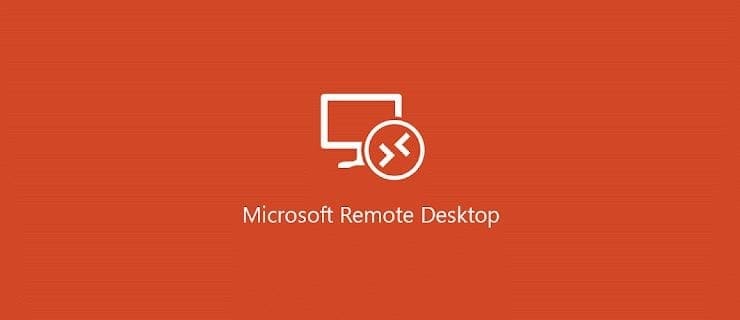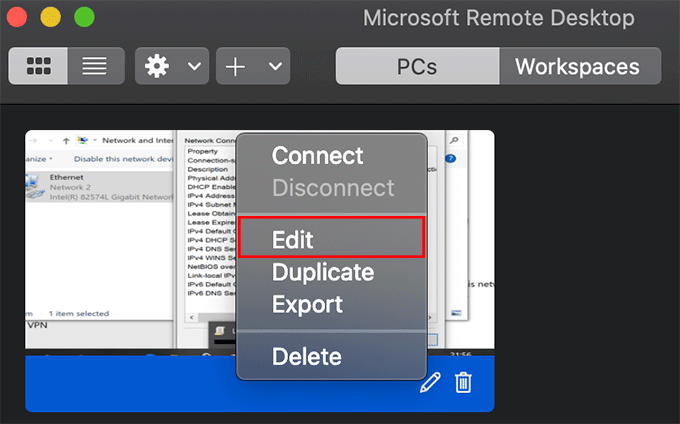

Screens allows you to work remotely with any computer regardless of your location. And with more and more people working remotely, being on the same screen (ahem, page) is a must. How to stay on the same page with ScreensĬollaboration has become of utmost importance to today's workplaces. It is also possible to use iOS devices, such as an iPhone and iPad, through Apple Remote Desktop, available from the App Store. If you are using a VPN or VNC viewer and want to access your Mac remotely, you will need to set up a password first. Either select, All Users, which means any other device on your network, or Mac you own, can access and connect, or click the Add button(+), which gives you the ability to select who can have remote access and/or control.

When you want to remotely log in to your Mac from another device, you need to know your username (the name that appears when you login) and your computer's IP address. You can either select All Users, which means any other device on your network, or any Mac you own, can access and connect, or click the plus sign to pick the exact users.


In this guide, we'll focus on the types of remote connection that let you control your Mac when it's not physically there. Screen sharing can also be considered remote connection because you can view Mac's screen when someone shares it with you through Zoom, Slack, or similar tools. You can access specific files on your Mac remotely using shared folders - for example, Google Drive, shared Notes, etc. Remote access can mean many things, so let's ensure we're on the same page here. Try free What is remote desktop connection for Mac?


 0 kommentar(er)
0 kommentar(er)
